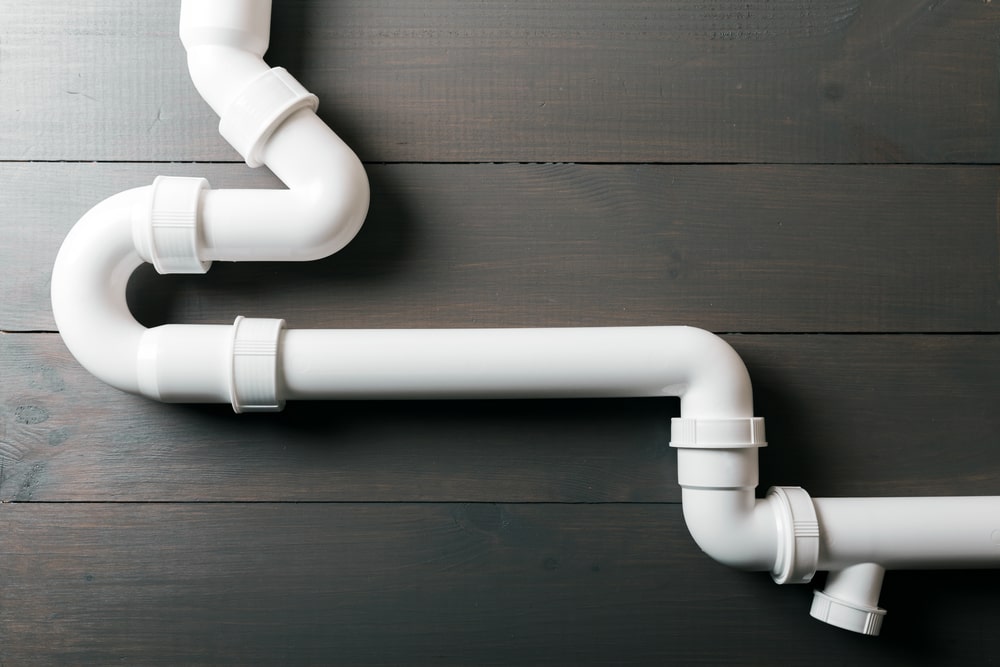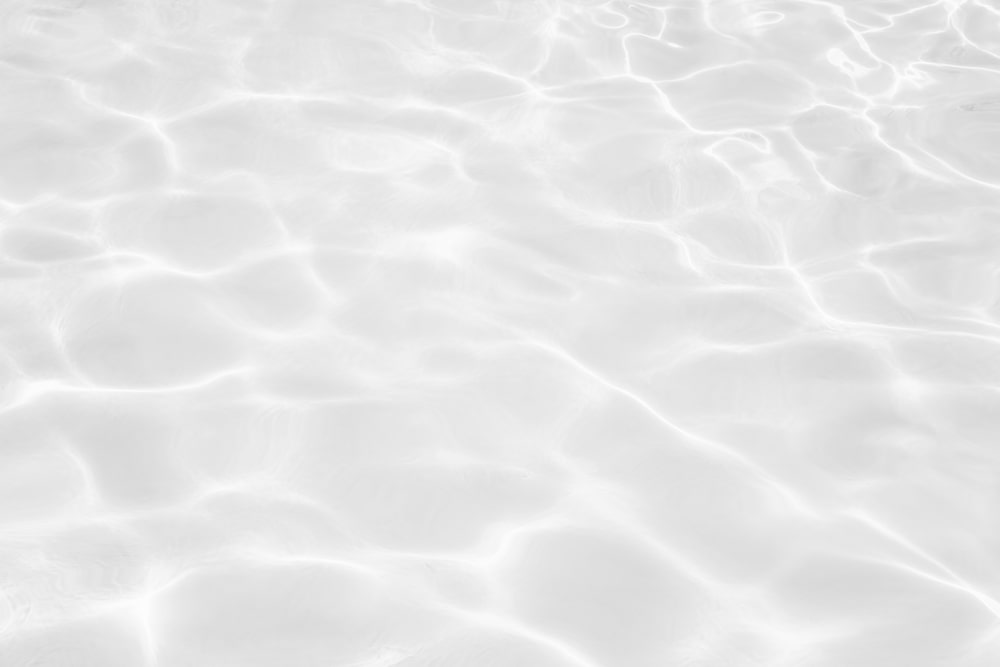Water is something we take for granted. Yet, people in California know the importance of conserving every drop of water.
If you live in California, your average water bill will be significantly higher than the national average. There are many factors that can contribute to this, but one of the most important is the hot weather and the impact of climate change.
If you are looking to reduce your water bill and contribute to the cause of conserving precious water, reusing gray water is the ideal solution.
There are many benefits to using gray water, including reducing the strain on freshwater resources, saving money, and lessening the environmental impact of your home. If you’re interested in using gray water in your home, there are a few things you should keep in mind. In this article, we’ll give you an overview of gray water and some tips on how to use it safely and effectively.
Why use gray water?
Water conservation is important for many reasons. It helps to preserve our natural resources, it can save money on water bills, and it can even help to prevent water shortages during times of drought.
It is especially important in California due to the state’s drought conditions.
The water crisis in California is terrifying. The state is starting to run out of water, and the situation might get worse.
In 2015, the state of California mandated residents to cut water usage by 25 percent. In fact, some experts believe that California only has enough water to last another ten years.
So what’s causing this water crisis? A combination of factors, including climate change, drought, and overuse. California is in the midst of one of the worst droughts in its history, and the state’s population is only going to continue to grow. Add to that the fact that California is getting hotter and drier due to climate change, and you have a recipe for disaster.
Steps to take to conserve water
The good news is that San Diego has taken measures to build resilience to drought such as recycling water, pumping groundwater, and importing water from other sources.
However, given the drastic impact of climate change and depleting groundwater reserves, the water crisis in California should serve as a wake-up call for everyone in the country.
There are many ways to conserve water, such as fixing leaks, using drought-resistant plants in landscaping, using low-flow toilets and shower heads in homes, and even just simply reducing the amount of water used for everyday activities.
One of the most important things you can do is check your water meter. If you have a leaky pipe or broken meter, then your water meter will over report how much water you use. By checking your meter regularly and making sure that it’s in good working order, you can save money on your water bill.
You can also try to use less hot water by taking shorter showers and turning off the faucet when brushing your teeth.
Also, make sure to pay attention to any leaky faucets as this can add up over time. It’s best to check for leaks every few weeks or so and fix them before they cause any damage.
Setting up a preventive maintenance schedule with professional pipe inspection and leak detection can save you expensive repairs and water bills down the line.
Entering into a water conservation agreement with your local water district is another great way to help conserve water. These agreements typically involve a monthly or annual fee, which goes towards water conservation efforts in your community.
Another thing you can do to save money on your water bill is to reduce your outdoor watering. This can be difficult, but if you keep an eye on the weather and adjust your watering schedule accordingly, this will help keep your lawn green all year round.
Gardening can be a water-intensive activity, especially during hot summer months. Depending on the size of your garden and the type of plants you have, you may need to water your garden every day or multiple times a week.
How much water you use for gardening will also depend on the type of irrigation system you have. If you have a watering can, you’ll need to fill it up each time you water your plants. A hose with a nozzle attachment is also a common way to water gardens. This type of irrigation system is typically less water-efficient than other options, such as a soaker hose or a drip irrigation system.
If you’re looking to conserve water in your garden, there are a few things you can do. First, try to water your plants early in the morning or evening when it’s cooler outside. This will help minimize the amount of water you need to use. The other, as discussed below, is to reuse gray water for gardening.
What is gray water?
Gray water is wastewater that can be reused for non-potable purposes. It includes water from bathroom sinks, showers, baths, and washing machines.
It is a great alternative to fresh water for many uses around the home, such as watering plants or flushing toilets.
You may be wondering if gray water is the same as black water and dark water. It is important to know the difference between these terms.
In California, gray water is the water from washing machines, baths, showers and bathroom sinks.
The water from the toilet and kitchen sinks is called black water.
In some other states, kitchen water is also considered gray water or dark gray water while toilet water is considered black water in all states.
Benefits of using gray water
Using gray water can help conserve water resources, as well as save money on your water bill.
As you will typically use gray water to water your plants, you can calculate the saving on your water bill per month based on the amount of water you use for gardening.
The exact amount of water used for gardening can vary depending on the type of plants you are growing and the climate in your area. However, on average, it takes about 10 gallons of water per square foot of garden to keep plants healthy. This means that a typical 10×10 garden would require 100 gallons of water per week during the growing season.
In Southern California, the average monthly water bill tends to be around $125 which includes the water used for plants and fruit trees. The water bill can go up significantly in summers when the climate is hot and dry. It will also be higher if you have a larger lawn that needs to be watered twice a day.
While the amount varies based on these factors, monthly water bills can be as high as $195.86 for water usage of 150 gallons per day. In a year, this translates to $2400.
The high cost of water is a trend that’s likely to stay. Water rates increased by 71 percent in some areas including Los Angeles between 2010 and 2017.
In some cities, the increase was between 119 to 127 percent in the same period. A household that uses up to 150 gallons per day per person paid the highest water bills during this time.
Reusing gray water for gardening is a great way to save hundreds to thousands of dollars each year.
In addition, by reusing grey water that would otherwise be released into water bodies such as lakes, estuaries, or rivers, you are preventing these water sources from becoming polluted.
Reusing your grey water also helps prevent it from entering the septic or sewer system.
How to use gray water safely?
In many states, including California, gray water systems are becoming increasingly popular in homes as a way to conserve water.
The best way to reuse gray water is to install a gray water system.
This system essentially recycles water from your sinks, showers, and washing machines so that it can be used again for things like watering your plants or flushing your toilets.
The typical grey water system collects water from sinks and washing machines and channels it outside to water plants.
Depending on the size or model, a typical load of clothes in the washing machine can yield anywhere between 15 and 40 gallons of water. This is adequate to water trees and plants throughout the year.
There are also more advanced systems that channel gray water across a larger area such as a flower bed or lawn.
Is gray water safe?
There are a few things to keep in mind when using gray water. First, it is important to only use gray water for landscaping plants, ornamental plants, or fruit trees. You should not use this water for edible crops because it contains grease, soap, harmful bacteria, detergents, and other residues.
Second, gray water should not be used for long-term storage. You will need to ensure you use gray water within 24 hours of it being collected. This is because the residues and bacteria can cause the water to smell if stored for a long time.
Needless to say, you cannot use gray water for drinking because of the bacterial contaminants, detergents, and other harmful residues in it.
Installing a gray water system
Setting up a gray water system in your home can save you money and help the environment.
There are a few things you need to do to set up a gray water system in your home. First, you need to choose the right type of system for your needs. There are two main types of gray water systems: gravity fed and pump-fed.
You can also decide to collect water from the shower only, a washing machine only, or a combination unit that accommodates both appliances. It’s up to you to figure out which type will work best in your home.
The next step is to install the system. This can be done yourself if you’re handy, or you can hire a professional plumber in San Diego.
If you are installing the gray water system, you may not need a construction permit to install a simple system that is connected to a washing machine that discharges up to 250 gallons per day or less and has no storage tanks.
For installing a system that has a pump/storage tank and collects gray water from multiple sources that produce more than 250 gallons in a day, you will require a construction permit.
However, the installation is best handled by a professional who will select the right system based on your needs. If you live in a multi-family unit or if you need to collect and reuse gray water from your commercial property, consulting a professional plumber in San Diego is the recommended course of action.
Complex systems are designed to have filtration systems and pumps that need the expertise of a licensed plumber to install.
Here are the steps a professional plumber will take to install a gray water system: They will:
- Locate the main water shut-off valve for your home and turn it off.
- Find the cleanest water source on your property, such as rainwater or snowmelt, and route it to the location of your gray water system.
- Dig a trench from the clean water source to the location of your gray water system.
- Install a watertight sleeve around the trench to prevent leakage.
- Install a gray water pump in the trench to pump the water to the system.
- Install a gray water filter to remove any impurities from the water.
- Connect the gray water system to your plumbing and route the water to your plants.
- Test the system to make sure it is working properly.
- Maintain the system regularly to keep it in good working condition.
Spend less and conserve more
Water conservation is important for our environment, our economy, and our future. By taking simple steps to conserve water, we can make a big difference.
At San Diego Plumbing and Pipelining Company, we handle simple to complex gray water system installation and maintenance in addition to pipelining, leak detection, and other plumbing services.
Contact us today to know more about our services.








